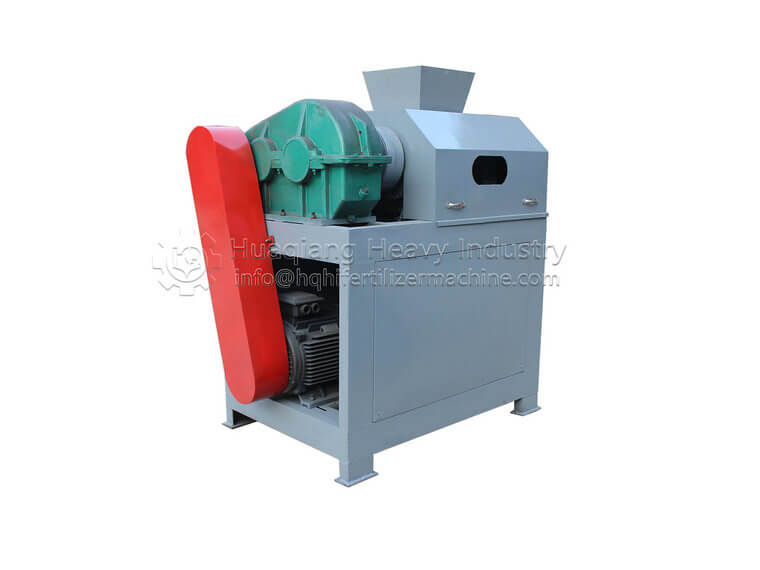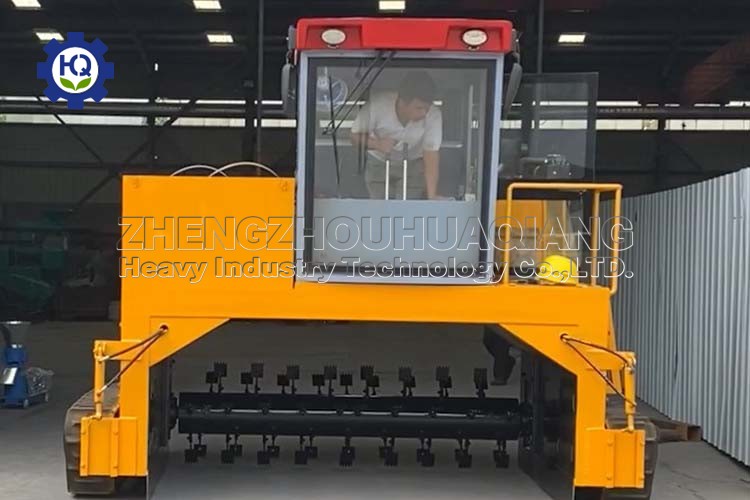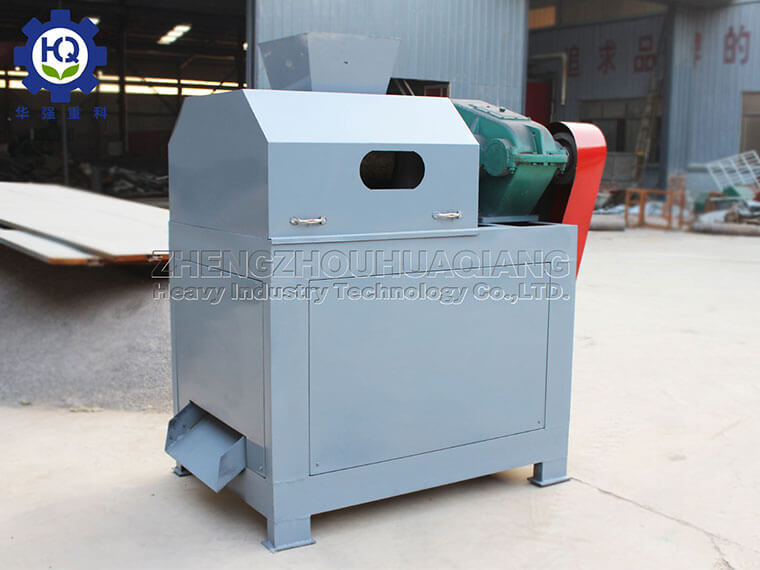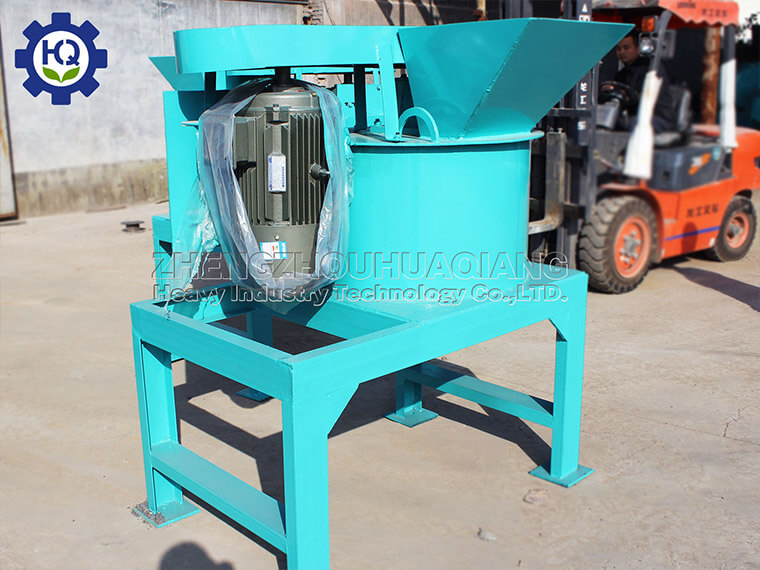The chicken manure specialized organic fertilizer granulator is one of the most core equipment in organic fertilizer equipment, which directly affects the quality of organic fertilizer particles (roundness, uniformity, fertilizer moisture retention performance, etc.). Different granulation processes for organic fertilizers require different types of granulators, which directly affect the yield, quality, appearance, price, and other aspects of the product. It can be said that the organic fertilizer granulator is the core of the entire production line.
The raw materials for making organic fertilizers come from a wide range of sources, including plant residues, peat soil, humic acid, cow manure, chicken manure, sheep manure, duck manure, excrement free, sludge, sugar factory filter mud, distillery distiller’s grains, and so on. Various organic fertilizer equipment manufacturers have developed various granulators for different raw materials and requirements for improving product quality and output, such as roller extrusion granulators, strand rotation granulators, disc granulators, and stirring tooth granulators.
The roller extrusion granulator belongs to the dry granulation process, without the need for drying process, with high granulation density, good fertilizer efficiency, and full organic matter content. The cost of purchasing a dryer and cooling machine is eliminated, and there is no need to burn coal in the later stage, which saves a significant portion of the funds. However, the shape of the granules produced by the extrusion granulator is flat and circular, which is prone to jamming when the field crop machine is used for sowing, and the fluidity is not very good. So if this granulation process is used with caution for organic fertilizers produced by machine sown farmers, it is recommended to use composite fertilizers and compound fertilizers.







.jpg)
.jpg)